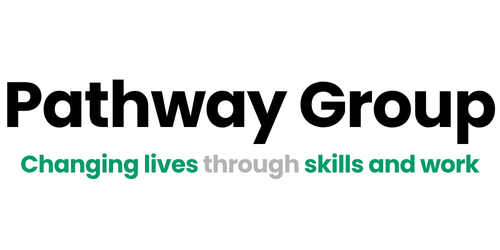Safeguarding Adults Week 2022
Safeguarding Adults Week 2022 takes place Monday 21- Sunday 27 November. It’s an opportunity for organisations to come together to raise awareness of important safeguarding issues. The aim is to start vital conversations and share best practice, so we can all be better together.
Monday: Exploitation and County Lines
County lines is a form of criminal exploitation. It is when criminals befriend children, either online of offline, and then manipulate them into drug dealing.
The ‘lines’ refer to mobile phones that are used to control a young person who is delivering drugs, often to towns outside their home county.
Tuesday: Self-Neglect
Self-neglect is a general term used to describe a vulnerable adult living in a way that puts his or her health, safety, or well-being at risk.
Self-neglect by vulnerable adults is a serious problem.
It can be difficult to know when or if you should get involved.
Wednesday: Creating Safer Organisational Cultures
Unhealthy and toxic cultures in sport and activity increase the risk of abuse and negatively impact welfare, safety and wellbeing.
Thursday: Elder Abuse
Elder abuse includes physical, emotional, or sexual harm inflicted upon an older adult, their financial exploitation, or neglect of their welfare by people who are directly responsible for their care.
Friday: Domestic Abuse in Tech-Society
Connected technology is changing the world. Technology can help keep people safe. But abusers can also exploit technology to cause harm.
Abusers can use technology to maintain control. They can bombard their victims with calls and messages while limiting their contact with friends and family. They can also share, or threaten to share, private, sensitive or intimate information online.
Saturday and Sunday: Safeguarding in Everyday Life
Safeguarding is everyone’s responsibility. You can help create a safer culture in your community.
Learn about the different types of harm and abuse, and how to spot the signs.
